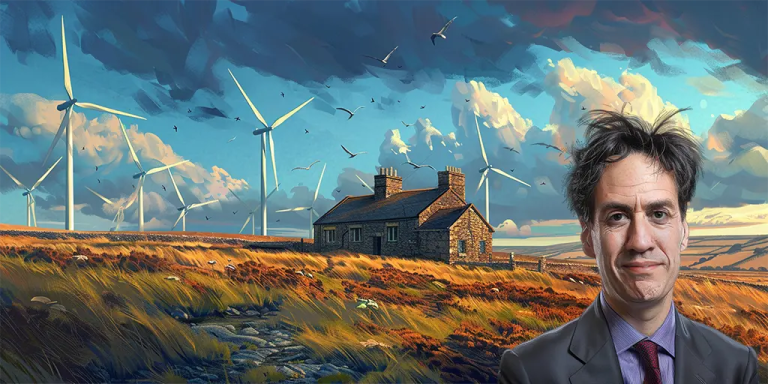From the Daily Skeptic
Author: David Telfer
Despite being relatively thin porridge, there were some positive announcements about energy in the budget statement. First and foremost, the Finance Minister has chosen to extend the temporary 5p per liter fuel duty cut for another year and cancel the planned fuel duty rise in 2025-26. The government claims the measure will save the average driver £59 in 2025-26.
Of course, the cutthroat activist zealots at Carbon Brief resent this, lamenting the “cost” of the government’s freeze on fuel taxes since 2011 (Figure 1).

Of course they fail to mention that fuel tax will bring in almost £25 billion in 2022, so we already have a huge tax on fuel making it more expensive for people to travel.
The second piece of good news is the announcement of additional funding for Sizewell C. However, a final investment decision on whether to continue the project will be made during the Phase 2 spending review, which is due to be completed in late spring 2025.
The final bit of good news is that the finance minister has allocated “only” £125m to GB Energy (GBE) in 2025-26, limiting the damage it could do. Ministers said that with the establishment of GB Energy, investment activities will be undertaken by the National Wealth Fund (NWF). However, it will only allocate £5 million to the NWF in 2025-26, rising to £50 million in 2027-28. Interestingly, these two figures represent only a fraction of the £1.7bn annual average spending on GBE and £1.5bn on NWF pledged in Labour's manifesto.
Sadly, the list of bad news is a bit long. Overall funding for the Department of Energy Security and Net Zero will increase significantly by 22% per year until 2025-26 (see Figure 2).

The vast majority of this additional spending is on capital projects, much of which will be wasted on thermodynamically abominable projects like carbon capture, use and storage (CCUS) and green hydrogen.
Labor also plans to spend at least £3.4 billion on decarbonising home heating and energy efficiency. In simple terms, this means continuing to increase spending on subsidies for heat pumps and insulation measures. The payback period for most insulation measures is measured in centuries, with some extending further back than the days of the Roman occupation.
There are also plans to earmark £1bn for hundreds of local energy schemes to decarbonise public estates. To that end, read more Solar panels on parliament buildings.
Unfortunately, the bad news continues to come for Budget 2024, as the OBR has also released its latest estimate of the cost of environmental taxation. This includes the costs of the Renewables Obligation and CFD subsidy schemes, plus the costs of the Capacity Market, the Green Gas Levy and the Renewable Thermal Incentive. Figure 3 shows summary results, showing progress from March 2023 to October 2024.

The latest figures show overall green tax is expected to rise from around £11bn in 2023-24 to a peak of £16.4bn in 2026-27 before falling back to £15.5bn in 2027-28. The latter figure is approximately 122% (i.e. more than double) of the forecast for the same year in March 2023.
These subsidies and the accompanying renewable energy costs will find their way into our bills. The peak of £16.4bn was around £585 per household, up from £396 in the previous financial year. The OBR has single-handedly dismissed Labour's claims to cut energy bills by £300 by revealing an extra £189 a year in green tax. Note that these figures do not include the cost of feed-in tariffs, grid balancing costs or the additional £10bn a year spent on grid infrastructure. Our bills will skyrocket.
Our taxes will rise to pay for all the wasteful spending on CCUS, hydrogen and uneconomical insulation measures, and our bills will rise even more to pay for all the renewable energy. If you have any money left over after this budget, spend it on woolen sweaters.
Written by David Turver own values Substack, where this article first appeared.
Relevant
